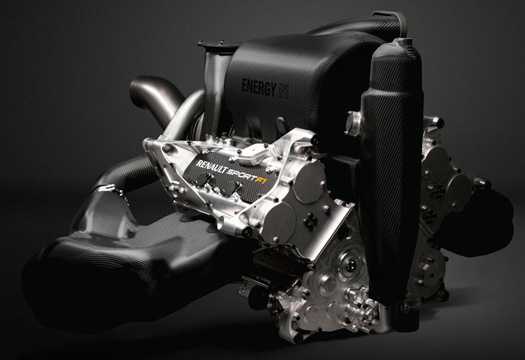Formula 1 and the insane turbo V6
Formula 1 is the craziest of sports. Not because of the insane speeds on the track, but because of what happens with the rules from year to year. Over the years there have been a number of drastic changes. No refueling. No changing tires. Removal of traction control. The big news this year is the switch in engines. The 2.4 liter V8 is gone, replaced with the 1.6 liter V6 turbo. What does 1.6 liters bring you in the F1 world? 600 horsepower. Or, in another manner of measure, over 6 horsepower per cubic inch.
The power figures are really just the tip of the iceberg. There is so much technology packed into this package. The system will also have the aid of the new KERS replacement, which will add an extra 160 electric horsepower. It also contains my favorite bit, the MGU-H. Under power, the MGU-H absorbs power off the shaft of the turbo and sends it to the MGU-k, which can then apply that power to the drivetrain. But the real magic happens when you slow down. The sand in the Vaseline for turbo motors is turbo lag. The new system avoids that by having the MGU-H turn into a motor, keeping the turbo spinning at optimum levels, so when the driver accelerates again there is no lag waiting for the turbo to spin back up.
There is a lot more craziness to be found in the new systems and Jalopnik has a nice rundown of the Renault package. We are now less than two months away from the season opener in Melbourne. It looks like it is going to be a very interesting 2014 in Formula 1.
Blink and you’ll miss it
If you don’t count yourself as a follower of Formula 1, you might not know that they no longer refuel the cars during pit-stops. Every car has to start the race with enough fuel to finish it. Along with being safer, it also means that the cars get increasingly faster as the race goes on. Burning all that fuel sheds an awful lot of weight. In addition, not having to wait for the tank to be filled means that pit-stop times have become amazingly quick. We’re now on the verge of seeing the first sub-2 second pit stop. Yes, that’s changing all four tires in under two seconds. Red Bull has produced a video showing how they manage such a thing. It all looks very cool in slow motion, but hang around for the end to see it in real time.

